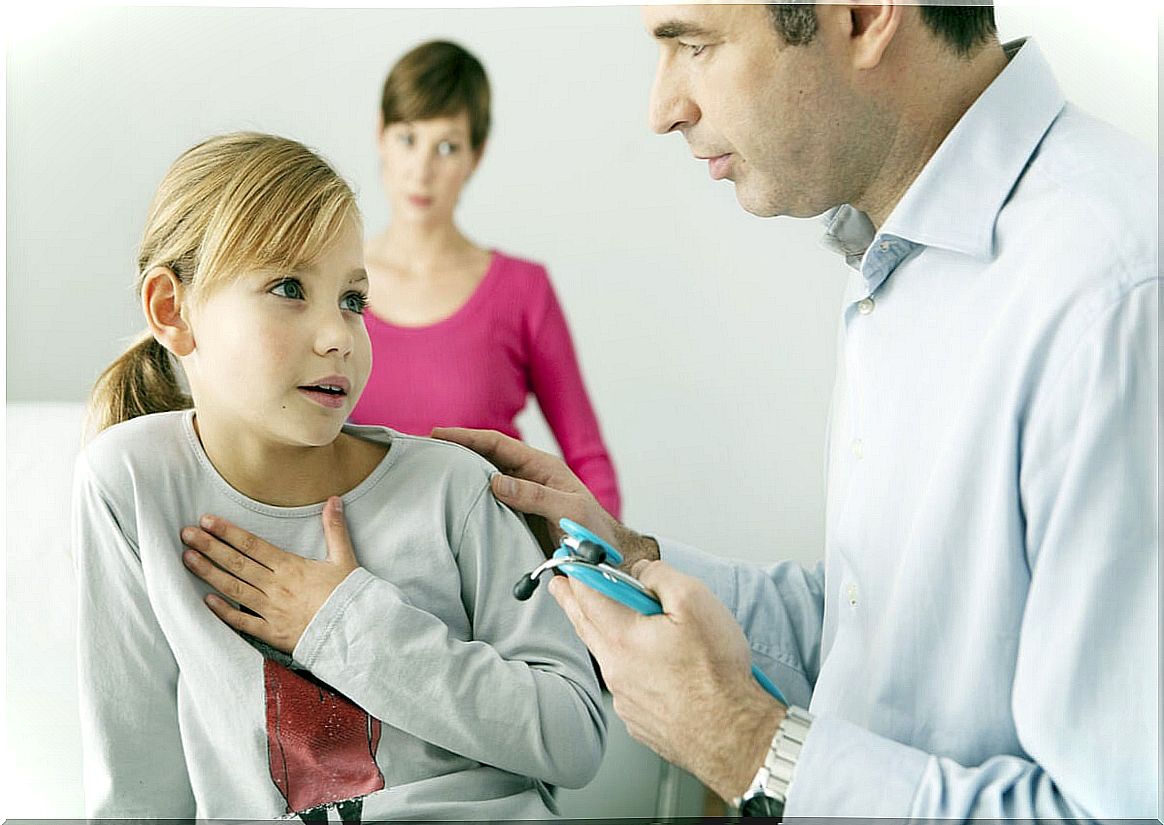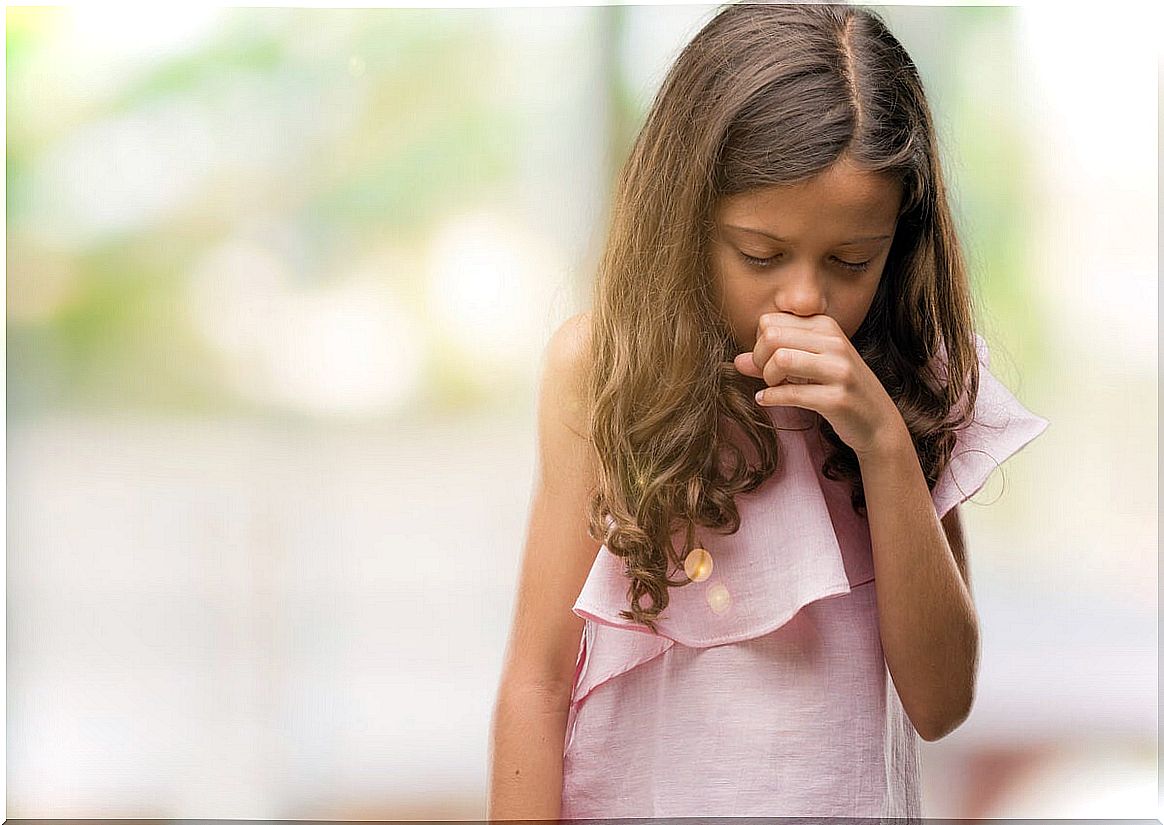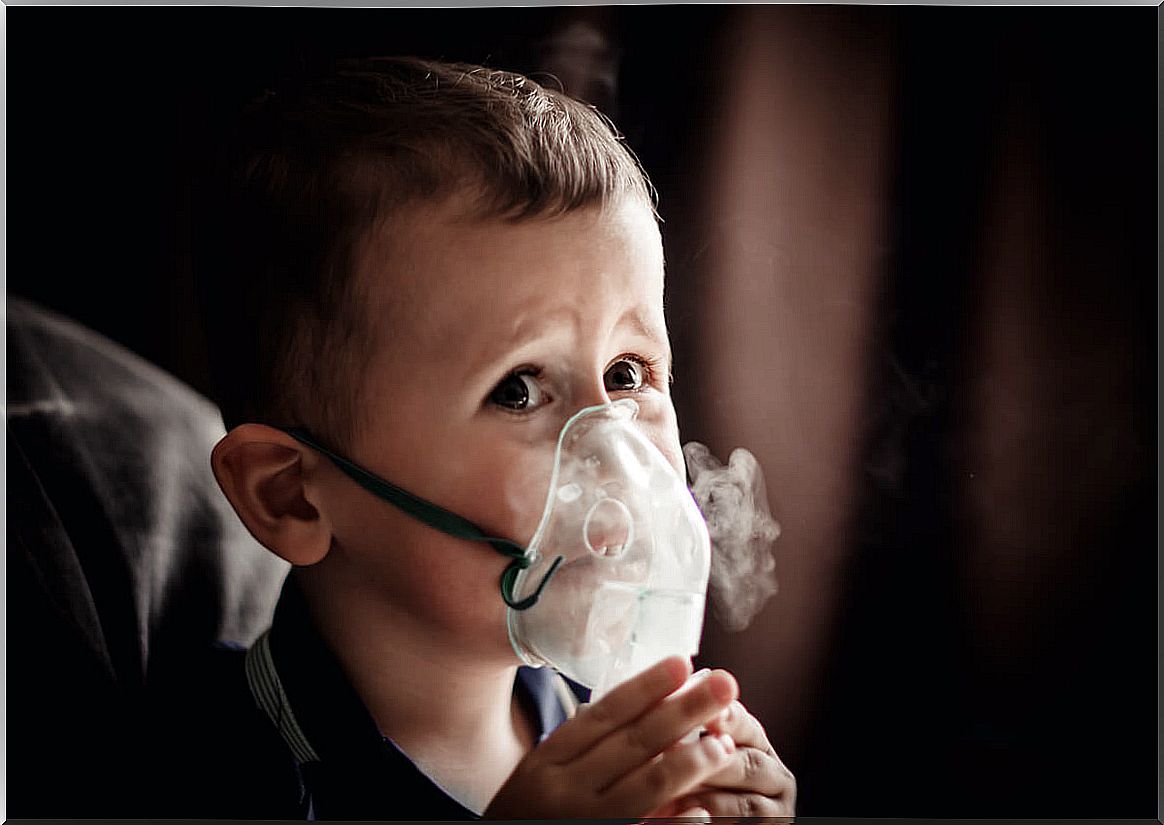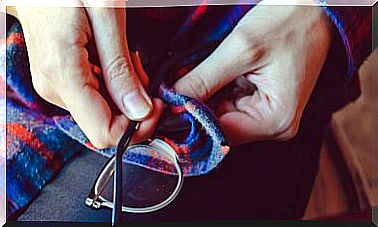Bronchitis In Infants And Children: Causes, Symptoms And Treatment
Bronchitis in infants and children can usually be treated at home, applying some very simple measures. However, we must be vigilant, as it can become serious, to the point of requiring hospitalization.

Bronchitis in babies and young children is common, since at an early age the airways are reduced in size and therefore are more easily obstructed. Cases are most common between 3 and 6 months of age.
Studies show that in the United States and Australia, at least 50% of children have suffered at least one episode of bronchitis before the age of 6. In England the prevalence is 29% and in Italy 17%. This gives an idea of how common this disease is.
What is bronchitis and what are its causes?
Bronchitis is a disease of the respiratory system in which small airways, called bronchioles , become infected or come into contact with external agents. Then they become inflamed and filled with mucus, making it difficult to breathe.
In babies the origin is usually viral, but in older children an allergy to elements that circulate through the air is also frequently involved, such as mites, fungi, dust, animal hair. Bronchitis in babies and children, if anything, is more common in the winter months.
The pediatric form lasts between 7 and 10 days. The symptoms are more severe at first and gradually diminish. In some cases it becomes recurrent and occurs every 1 to 3 months. If this occurs, a specialist is required.

Risk factor’s
There is an increased risk of bronchitis among infants and children who have the following characteristics:
- Under 2 years: Babies under 3 months are more likely to get it.
- Babies who have had a premature birth.
- Children who have a weakened immune system.
- Small with heart or lung disease.
- Those who have not received breastfeeding.
- Those who are in contact with many other children or live in crowded environments.
- Those exposed to tobacco smoke.
Most common symptoms of bronchitis in babies and children
Symptoms of bronchitis in infants and children are very similar to those of a common cold. This includes a stuffy nose, a runny nose, and a cough. Sometimes there is also a mild fever and it is not uncommon for otitis to occur simultaneously.
Sometimes there is a whistling or whistling sound when breathing, as well as a high respiratory rate. How to know if such frequency is normal or not? The way to calculate it is to count how many breaths the child has per minute. It is considered to be increased in these cases:
- Children under 2 months: more than 60 per minute.
- Between 2 months and 1 year : just over 50 breaths.
- From 1 to 3 years: more than 40 per minute.
- Over 3 years: just over 30 per minute.
When to worry and when to consult the doctor?
When there is bronchitis in babies and children, it is important to be aware of the following symptoms that indicate possible complications:
- The breathing is very fast and shallow and the child has a fast heart rate.
- It presents retractions: that is, when inhaling, the neck and the area that is under and between the ribs sinks. The sign is usually accompanied by flared nostrils.
- You vomit after coughing.
- Listlessness: the child has a poor appetite, difficulty sleeping, irritability and visible fatigue or a lot of drowsiness.
- Urinate less than usual.
If some of these symptoms occur, it is best to see a doctor as soon as possible. The situation can quickly get worse and lead to more serious conditions, such as dehydration or apnea episodes, which are times when the child stops breathing.
The bluish tone of the skin, especially in the area of the lips and fingernails, is a sign of alarm. It denotes the lack of adequate oxygenation in the most distant tissues. All are signs that the baby’s or child’s condition is serious and requires immediate hospitalization. Therefore, it is an emergency that must be addressed as soon as possible.

Usual treatment of bronchitis in infants and children
In most cases, the baby or child can be cared for at home. Simple measures should be taken, such as the following:
- Use a humidifier: Moisturizing the air helps relieve congestion and reduce coughing. The appliance must be very clean to avoid the growth of bacteria or mold.
- Keeping the child in an upright position so that it breathes more easily, which is achieved with pillows that elevate the torso.
- Hydrate the little one frequently. This prevents dehydration.
- Medications: the use of saline nasal drops and analgesics or fever reducers should be prescribed by a doctor, so that the appropriate doses and schedules are respected without generating adverse effects.
It is important to note that most cases of bronchitis in infants and children are caused by a virus. Therefore, antibiotics do not work to treat this condition. In some cases, the doctor may use additional measures, such as nebulizations.
In severe cases, the child must be hospitalized for humidified oxygen. He also receives fluids through an IV to avoid dehydration. Fortunately, these conditions are the least frequent and can even be prevented if the warning signs are located in time.








